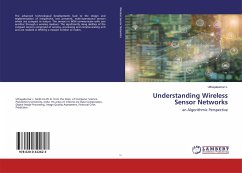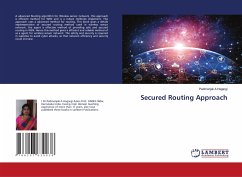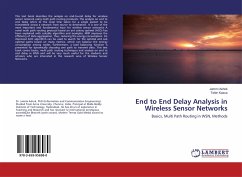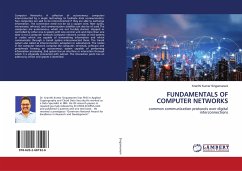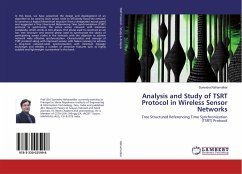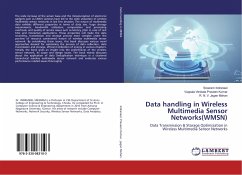
Wireless Sensor Networks
Versandkostenfrei!
Versandfertig in 6-10 Tagen
43,99 €
inkl. MwSt.

PAYBACK Punkte
22 °P sammeln!
This book consists of several research papers to introduce approaches and methods of energy-efficient wireless sensor networks and their advantages and disadvantages to each other.Wireless Sensor Networks (WSN) remain a hot research topic due to their wide range of application areas like environmental monitoring, military surveillance, healthcare, and disaster management. WSNs include small sensor nodes with battery and processing power and limited memory units then improving power consumption is a major design challenge for any sensor network. In other words, a Wireless sensor network is a gr...
This book consists of several research papers to introduce approaches and methods of energy-efficient wireless sensor networks and their advantages and disadvantages to each other.Wireless Sensor Networks (WSN) remain a hot research topic due to their wide range of application areas like environmental monitoring, military surveillance, healthcare, and disaster management. WSNs include small sensor nodes with battery and processing power and limited memory units then improving power consumption is a major design challenge for any sensor network. In other words, a Wireless sensor network is a group of nodes combined with tiny sensors equipped with transceiver parts used for sensing, monitoring, and data collecting in various environments. WSNs have become one of the essential components of the Internet of Things (IoT). In an IoT-based system monitors different physical objects and forwards the collected data to the base station or gateway node for further processing.



